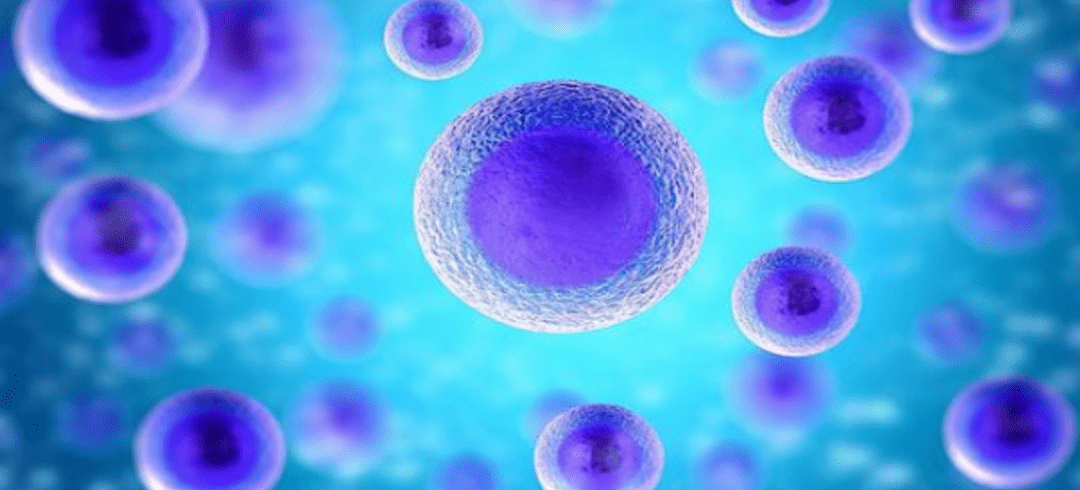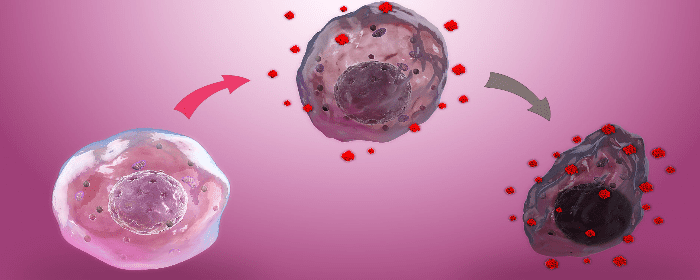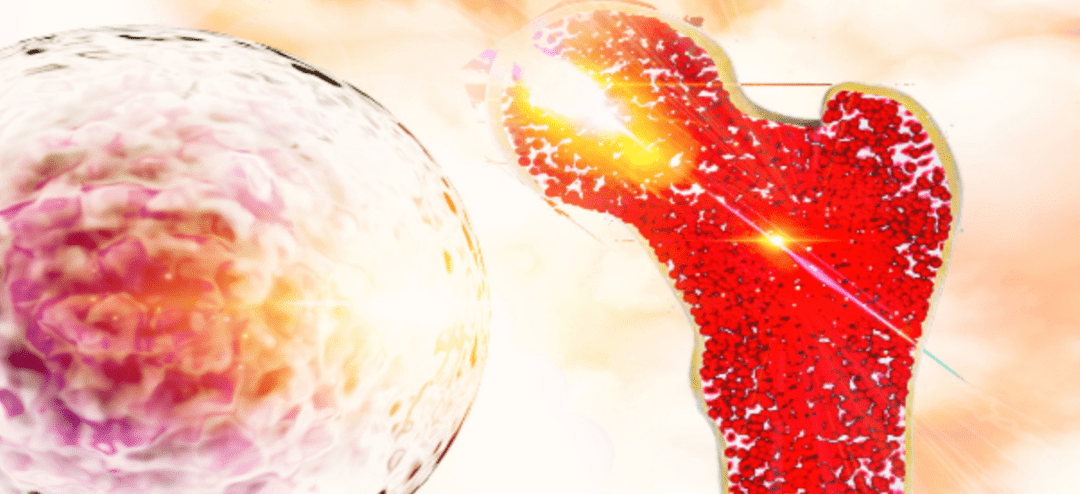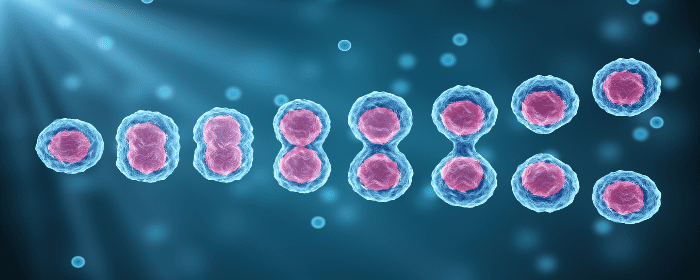
by Stemedix | Nov 1, 2021 | Stem Cell Therapy, Multiple Sclerosis, Stem Cell Research
In a recent study, researchers discovered a breakthrough against MS, stem cell therapy might be able to help individuals who have multiple sclerosis (MS). The study was conducted by Italian researchers and included a group of 210 MS patients suffering from aggressive cases of the neurodegenerative condition.
The study spanned over two decades, during which time participants received multiple stem cell transplants. Roughly 140 participants did not experience further degeneration ten years after starting stem cell therapy. The majority of the patients involved in the study were diagnosed with relapsing-remitting MS, the most common type.
Are These Study Results Conclusive?
While the results from this groundbreaking study are promising, they cannot be considered “conclusive.” For instance, many researchers are still unsure which MS patients are most likely to benefit from stem cell therapy. More research is necessary to determine stem cell therapy’s overall effectiveness and identify other relevant factors.
In addition, this study is not considered a clinical trial. This is because stem cell therapy was not tested against traditional multiple sclerosis medications. All participants received stem cell therapy from different medical centers throughout Italy.
A more stringent clinical trial will reveal additional details about the efficacy of stem cell therapy for MS treatments. Additional research will help medical professionals identify who is best suited for stem cell therapy and when they should undergo this intervention. This research aims to determine if stem cells will stimulate the patient’s natural immune system so that it can begin functioning normally again. This could result is a breakthrough against MS!
How Stem Cells May Be Able to Help MS Sufferers
Human MSCs (mesenchymal stem cells) are adult stem cells found in various body tissues. This includes the bone marrow, adipose tissue, and umbilical cord tissues. MSCs have the potential to help patients suffering from a wide array of medical conditions, including MS.
Since stem cells serve as the building blocks for the immune system, this intervention could potentially stimulate natural healing. By injecting the patient with MSCs derived from bone marrow aspirate or adipose tissue, clinicians may be able to reduce the severity of symptoms. Stem cell therapy might be able to slow the progression of the condition, but these benefits are still undergoing research.
Patients suffering from MS and searching for a breakthrough against MS and an alternative treatment option may want to consider stem cell therapy, as the potential benefits greatly outweigh any risks associated with the treatment. If you would like to learn more, contact us today to speak with a care coordinator.

by admin | Oct 29, 2021 | Mesenchymal Stem Cells, Neurodegenerative Diseases, Stem Cell Research, Stem Cell Therapy
Neurodegenerative diseases affect over 50 million Americans each year and occur as a result of nerve cells in the brain, peripheral nervous system, and the central nervous system slowly and progressively losing function before eventually dying[1].
Although there are over 600 known neurological disorders, the most common neurodegenerative diseases continue to be Alzheimer’s disease (AD), Parkinson’s disease (PD), Huntington’s disease (HD), and Amyotrophic lateral sclerosis (ALS).
While significant progress has been made in identifying mechanisms and risk factors contributing to the cause and development of these various neurodegenerative diseases, evidence continues to indicate that many of these conditions are influenced by oxidative stress. Research has also shown that antioxidants, the only strategy used to address this mechanism to date, have been demonstrated to be ineffective and, in some instances, even causing additional side effects.
In addition, although progress has been made in the overall understanding and management of several side effects associated with conditions contributing to neurodegeneration and that multifactor intervention introduced at an early stage is believed to be most successful, research has yet to identify a way to slow the progression of these debilitating conditions.
As part of this review, Angeloni et al. provide an analysis of recent literature examining the role of oxidative stress in several neurodegenerative diseases, including Alzheimer’s disease, Parkinson’s disease, ALS, retinal ganglion cells, and ataxia. The authors also discuss the emerging role of mesenchymal stem cells (MSC) and their potential in fighting oxidative stress and enhancing antioxidant capacity and neurotrophin expression.
Recent literature concludes that oxidative stress has a significant role in each of the neurodegenerative diseases mentioned above. Specifically, oxidative stress has been found to:
- Play a fundamental role in Alzheimer’s disease, affecting different pathways involved in AD brain cells.
- Have a causal role and also be a result of different pathologies in PD.
- Be both a cause and consequence of impaired function related to ALS.
- Be a significant cause of damage in a number of ocular neurodegenerative diseases, including diabetic retinopathy, glaucoma, and retina ischemia-reperfusion injury.
- Increase ROS production linked to mitochondrial dysfunction in ataxia cell models.
The literature also indicates that MSC therapy can be a promising future management tool for neurodegenerative disease that enhances antioxidant capacity, increases neurotrophin expression, inhibits pro-inflammatory cytokine secretions, and counteracts microglial ROS production.
However, the authors also conclude that while the role of MSCs in counteracting oxidative stress-related neurodegeneration, additional studies demonstrating a more neurodegenerative disease-specific therapeutic MSC strategy for preventing a broad range of previously mentioned disorders are needed.
Accordingly, these future studies will be useful in helping to discover the appropriate numbers of MSCs needed for transplantation, realize optimal timing of transplantation, identify the correct disease stage for transplantation, and better understand the safety, functionality, recovery, and motor and cognitive improvements of various MSCs used in this process.
Source: (2020, May 7). Role of Mesenchymal Stem Cells in Counteracting Oxidative Stress …. from https://www.ncbi.nlm.nih.gov/pmc/articles/PMC7246730/
[1] “Neurodegenerative Diseases: An Overview of Environmental Risk ….” https://www.ncbi.nlm.nih.gov/pmc/articles/PMC1280411/. Accessed 18 Oct. 2021.

by Stemedix | Oct 25, 2021 | Bone Marrow, Stem Cell Therapy
Bone marrow is a vital biological resource used to treat people with diseases such as leukemia and lymphoma. In addition, it has been utilized for stem cell therapy, as bone marrow contains a large concentration of these valuable specialty cells. Once harvested, these stem cells can help treat conditions such as autoimmune conditions, orthopedic injuries, and neurodegenerative disease.
What Is Bone Marrow?
Bone marrow is gelatinous, soft tissue that fills the center of bones. There are two general types of bone marrow: myeloid tissue or red bone marrow and fatty tissue or yellow bone marrow.
Bone marrow contains capillaries, blood vessels, and stem cells in varying concentrations. Every day, the average person’s bone marrow produces roughly 220 billion blood cells. The majority of blood cells in the human body come from bone marrow, although some are produced by other sources.
Types of Bone Marrow Stem Cells
While there are two types of bone marrow, there are also two kinds of stem cells within that marrow. The first type of stem cells is called mesenchymal stem cells (MSCs). The second type is the hematopoietic stem cell.
Hematopoietic stem cells are found in the red bone marrow. These cells are blood-forming. MSCs are found in the yellow bone marrow and are alternatively known as marrow stromal cells. These stem cells are responsible for producing bone, cartilage, and fat.
Stem cells can transform into many different types of cells. As a result, providers and doctors use them to treat various medical conditions, including TBI, glaucoma, and osteoarthritis. While stem cell therapy is still being studied, many patients suffering from these conditions have experienced benefits from this treatment option.
What Is Bone Marrow Aspirate?
Bone marrow aspirate is the material removed from within bones. The process is known as bone marrow aspiration. Medical professionals must harvest bone marrow aspirate to perform specific tests and may also use it for stem cell therapy.
When using bone marrow aspirate for stem cell therapy, the medical staff will use a local anesthetic and the patient is awake for the procedure. They will then harvest the bone marrow from a large bone using a thin needle. The pelvis is the most common harvesting location because of its size and the abundance of stem cells it contains.
Once harvested, the stem cells are concentrated and then readministered to the targeted areas or near the point of injury. Over the next few weeks to a few months, the stem cells work to help stimulate the patient’s natural healing capabilities and have the potential to manage and improve symptoms. If you are interested in learning more about the potential benefits of stem cells, contact a Care Coordinator today!

by admin | Oct 22, 2021 | Mesenchymal Stem Cells, Stem Cell Research, Stem Cell Therapy
Since their discovery in 1960, mesenchymal stem cells (MSCs) have been found to migrate to assist and support the repair of injured tissue. In addition, and more importantly, MSCs have demonstrated therapeutic effects resulting from their ability to modulate various cells found in both the innate and adaptive immune systems.
To date, over 900 clinical trials have used MSCs to explore various diseases ranging from bone/cartilage repair, diabetes, cardiovascular diseases, immune-related, and neurological disorders by promoting neovascularization, increasing angiogenesis, enhancing cell viability, and inhibiting cell death.
While there have been promising results from animal studies, further research is taking place to determine the therapeutic efficacy of MSCs. Fan et al.’s review summarizes the progress of specific mechanisms underlying the tissue regenerative properties and immunomodulatory effects of MSCs and provides an overview of the current research on the rapid development of MSC-based therapies.
According to Fan et al., the therapeutic potential of MSCs is attributed to two specific aspects: replacement of the damaged tissue through differentiating into various cell lineages and regulation of immune response by immunomodulatory function. The major mechanism underlying MSC-based therapy appears to be the paracrine function, which allows for reduction of inflammation and increased cell proliferation while the tissue is being repaired.
Additionally, MSCs have been well demonstrated to have exceptional potential for differential. Upon transplantation, MSCs’ ability to differentiate appears to be the key to successful integration into the tissue of the host. Their ability to differentiate also appears to depend on factors such as donor age, tissue origin, cell passage numbers, cell densities, and duration of cell culture, so the authors are calling for further study to better understand the mechanisms of regulatory pathways and to improve differentiation efficacy.
Although MSC-based therapies have demonstrated significant progress, a full understanding of the ability of MSCs has made it a challenge to advance into daily clinical application. According to this review, the key factors for this happening appear to be large variability in important factors, such as cell source, dosage, administration route, and timing of the administration.
Since inconsistencies among these factors appear to affect the therapeutic value of MSCs, the authors call for standardization of procedures of MSC isolation and expansion in future clinical therapies. The authors also point out that the therapeutic potentials of MSCs are attributed to complex cellular and molecular mechanisms of action which require additional in-depth exploration for clinical application.
MSCs have been demonstrated to be an important source of stem cell therapies. However, there is still a need for additional large-scale, randomized, blinded, and controlled trials to fully demonstrate the therapeutic benefits associated with MSCs. As a result of this review, Fan et al. conclude that further clarification of the predominant mechanisms in different situations is an important step in improving the safety, efficacy, and outcomes of MSC-based therapies.
Source: (n.d.). Mechanisms underlying the protective effects of mesenchymal stem …. from https://www.ncbi.nlm.nih.gov/pmc/articles/PMC7223321/
by Shoot To Thrill Media | Oct 21, 2021
What Is Stem Cell Therapy? In recent years, stem cell therapy has advanced by leaps and bounds. This innovative treatment option has helped thousands of patients to find relief from chronic conditions, sports-related injuries, and debilitating diseases. However, many...





 St. Petersburg, Florida
St. Petersburg, Florida
